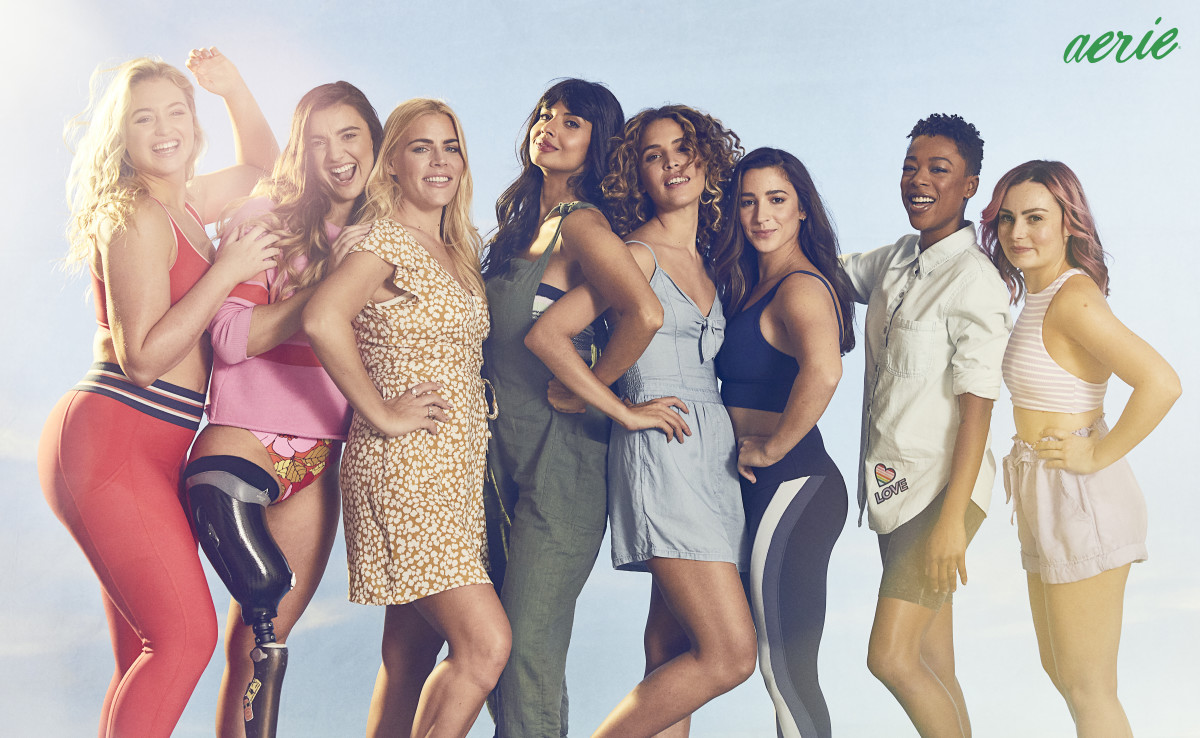You’re standing in line at the supermarket, waiting for the person in front of you to finish unloading his cart. The multitude of women’s magazines catch your eye, so you take one off the shelf and flip through it. In between pages of models sporting bikinis and gazing seductively alongside Giorgio Armani’s newest fragrance are articles advertising pills and exotic herbs to help you lose “30 pounds in 30 days!”
There’s a common theme on every page. For some reason, the magazine clearly thinks you’re fat, and for your own good, you need to lose weight right now. It’s widely known that certain body shapes are favored by the media. The supermodels filling the pages all have the same body type: size 2, lanky, tall. This is the only representation the majority of the female population gets, even though 67% of the female population in the US is a size 14 or higher. Such unachievable standards have drilled into young girls the need to be as small and thin as possible and the irrational fear of bulking up. The skewed perception of women in society has not only influenced how girls think about their own bodies, but how others view them as well. For as long as anyone can remember, normal, healthy, strong women have lacked accurate representation in society, cementing in so many young girls the idea that they will only be pretty if they can fit into sample sizes. Healthy was out, and skinny was in.
In the last several years, however, a new movement has surfaced. The recent rise in popularity of the feminist movement has led to increased body positivity: girls supporting girls and empowering each other to change only for themselves, or not at all. Being skinny is great, being plus-size is great, but being healthy and happy is best. In accordance with this movement, we’ve enjoyed a rise in the popularity and acceptance of plus-size models. Models such as the likes of Ashley Graham and Iskra Lawrence have secured positions with influential fashion brands from Macy’s to Michael Kors, and they have worked with big-name magazines like Vogue and Sports Illustrated. Campaigns by companies such as the Dove Campaign for Real Beauty and Aerie’s #AerieREAL have worked to promote the acceptance of a variety of body types, representing real women rather than just a single, idealized body type. Women are strong, thin, curvy, slim, tall, petite, and human. With the help of these progressive campaigns, the fashion industry and the rest of society are just starting to accept this. Moreover, strong women are finally being accepted by society as valid and beautiful. Professional tennis player Serena Williams has won 23 Grand Slam singles titles and four Olympic gold medals over the course of 20 years of professional tennis. Rather than praise for her achievements, however, she faces a constant stream of criticism from people that call her “manly” and even accuse her of being born male. A champion of the self-empowerment movement, she fights back against these comments and encourages girls to accept their bodies as they are. She and many others are encouraging women and young girls to accept themselves, and while we’re nowhere near full acceptance, any step forward is still a step forward.
Encouraging body positivity and health rather than losing weight to get thin is a good thing. This movement encourages balance: you don’t have to go to the gym every day to be healthy, nor restrict your caloric intake to appease societal standards. Unfortunately, however, this idea is often mistaken by some for encouraging obesity and unhealthy habits. This movement does not promote unhealthy habits; rather, it does quite the opposite. Hiding plus-size women from society instills in girls the idea that being skinny correlates with being beautiful and healthy, while in reality, one can be healthy and beautiful at any size. This problem is finally being addressed, promoting self-acceptance instead of putting girls down.

